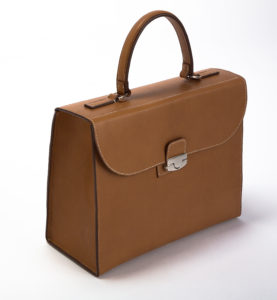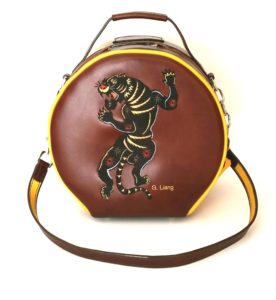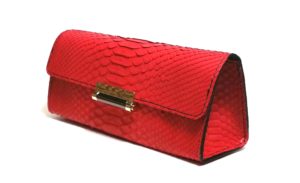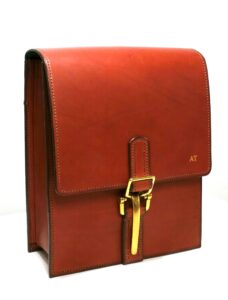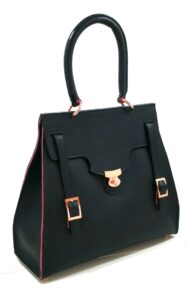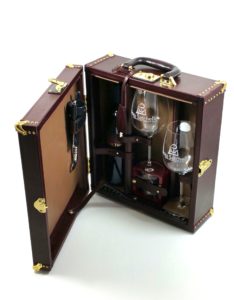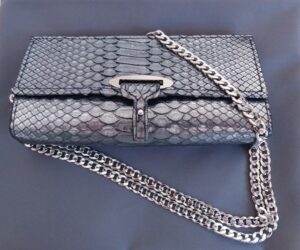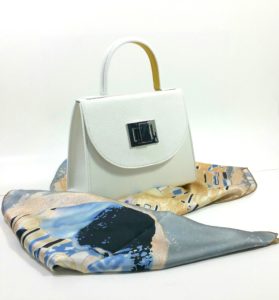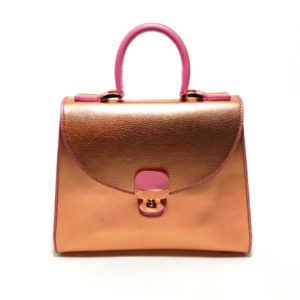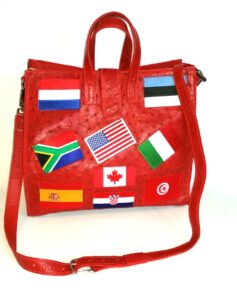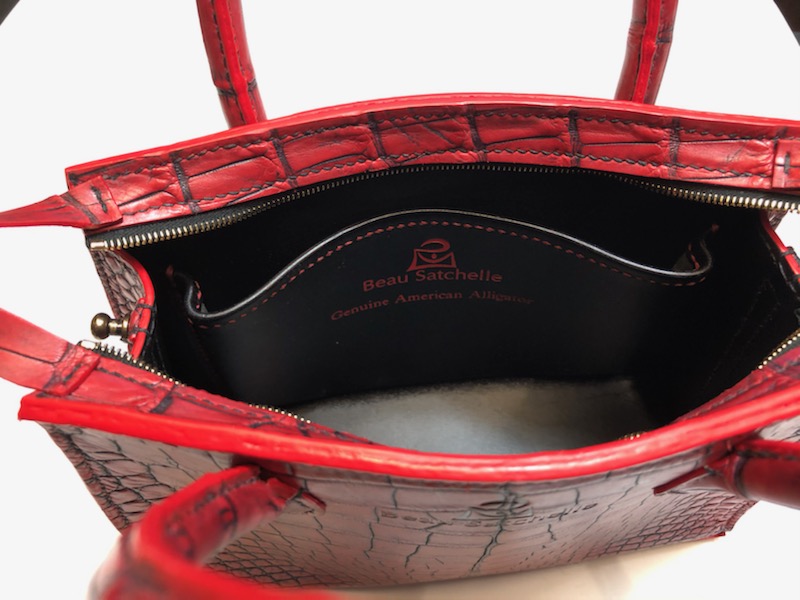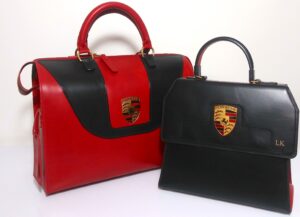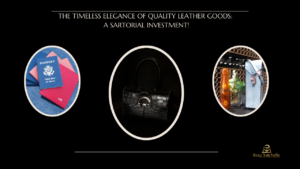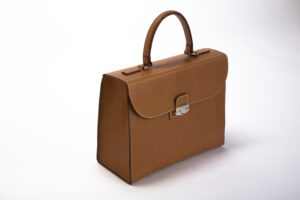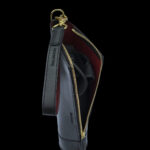No question that a luxury handbag made from a member of the Crocodilian (Alligator, Crocodile, and Caiman) family oozes status, luxury, and sexiness. Investors of leather and exotics bags will inevitably have at least one or more pieces in their collection made from these exotic skins due to their rarity and craftsmanship; if you’re in the market for a leather good made of this
Distinguishing between Fake and Real
I own a Beau Satchelle created alligator wristlet that has been my go-to bag for running errands. The 4-year-old alligator leather bag has withstood the test of time in holding its beauty and has gotten softer and more supple over the years.
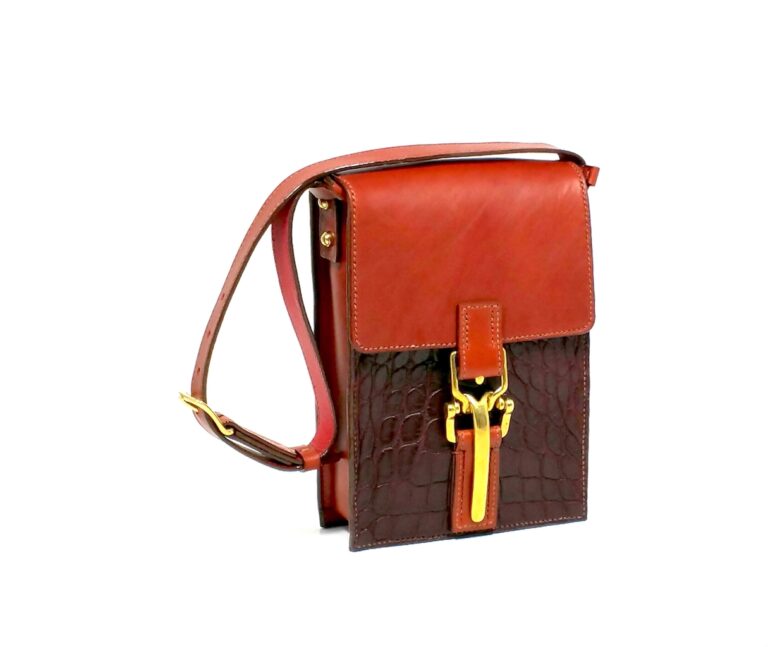
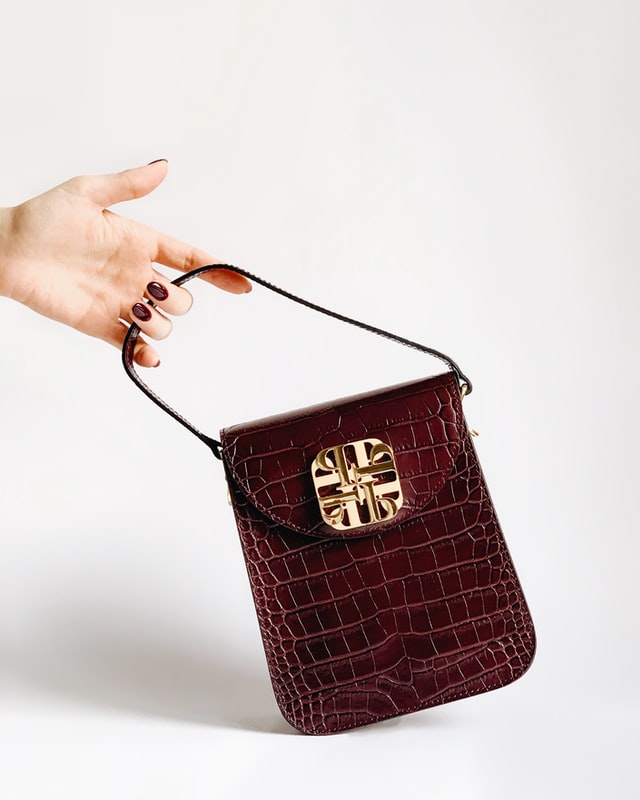
So how do you tell the difference?
PRICE
Elements that determine the price of a product made from Alligator involves its rarity, the long tanning process, and the intensive labor in making a bag all factor into the high expense.
Handbags and other goods made from real skins will range in price from a few thousand to hundreds of thousands as opposed to fakes that will be priced in the hundreds.

CHARACTERISTICS
The leather has its own unique patterns, vein lines, texture, the hornbacks, and other characteristics.
The feel of alligator/crocodile is soft, supple, and smooth and may even have small evidence of scratches that will not show in fake leather.
Embossed/stamped leather feels firmer and more rigid and has a plastic feel.
Fake leather will look glossy as pressed plastic while real leather will either have a matte or shine naturally.
Animal leather has a typical odor of animal lipid in contrast to the smell of synthetic resin from fake leather.
Alligator leather can easily absorb drops of water.
The fashion market is saturated with cheap products made from faux crocodile leather which is basically embossing a croc pattern onto genuine leather skin.
Close observation will give you specific clues to real leather:
1. Repetitive specific tile pattern and shallow creasing between the tiles.
2. With real skins, the ridges are deeper and the scales are not flat.
3. The scales/tiles will display irregularities in size and shapes
4. The leather’s underside will be the same pattern as the top.

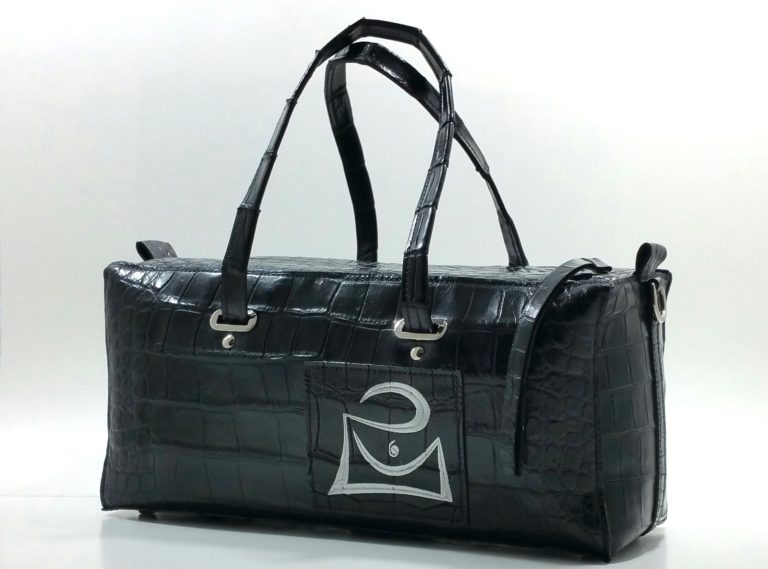
Crocodilian Leather 101
All skins are not created equal and it behooves the buyer to understand that an alligator skin, crocodile skin, and the close cousin caiman have striking differences.
The finer quality skins will be used for handbags and couture accessories. Lesser grades will be selected for more durable items such as boots.
There are two sides to these skins: the “Hornback” which is the rough, even pointy scales, and the belly which is the smoother side of the skinned hide. In terms of the quality hierarchy and which demands the highest prices from the raw material from the top down the list includes:
1. American Alligator – caught wild and farmed in the southeastern part of the US from Texas to Florida in freshwater swamps
2. Saltwater Crocodile – found all over the world
3. Freshwater Crocodile – again found all over the world
4. Caiman – farmed mainly in Central and South America
So how can a discerning buyer of luxury exotic skins spot the difference:
Alligator Skin has a more expensive look and one key difference. There is an umbilical scar (cluster of tiny scales in a triangular shape) located on its belly that is similar to a belly button.
Bag or furniture Designers will intentionally include this scar in the design for authenticity. Also, the belly tiles on an Alligator tend to be more squared than the Crocodile.
What distinguishes Crocodile skins are the hair pores that look like tiny holes on each scale – unique to this reptile. The hair that resided in these pores helped the crocodile sense its surroundings.
Caiman’s tiles are quite different from the Alligator and Crocodile as being smaller in size, possess pockmarks, and tend to concave. The skin is dryer and not as soft.
These skins can cost about 1/10th the price of a premium Alligator or Crocodile, hence, couture or high-end designers tend to not incorporate Caiman in their designs.
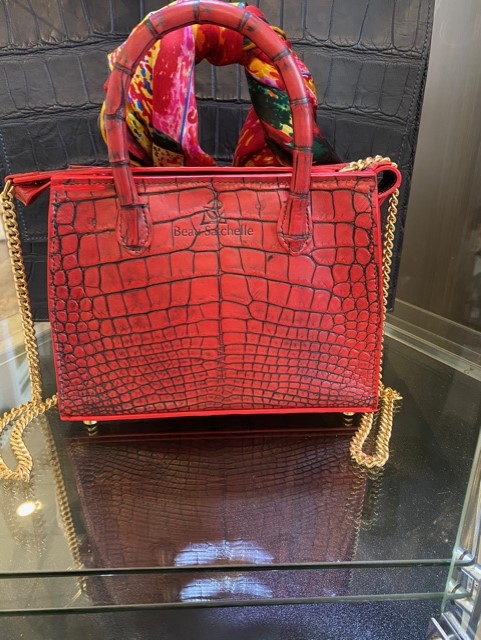
All three are versatile and depending on the design will decide the type of leather to use:
1. Clothing and outerwear – All three skins are embraced, however because of the amount of leather needed for perfect skins, crocodile or caiman are used more often.
2. Footwear – Having a pair of shoes handmade from exotics should be like sitting in a seat of a luxury car…pure, luxurious comfort. Men who own a pair or two in their shoe collection aren’t afraid of drawing attention… these leathers exude confidence and unique style.
When it comes to high-end men’s shoes and boots, designers will work with the most expensive- the Alligator Belly Skin, the second most expensive – the Crocodile Flank Skin, and the least expensive -the Caiman.
Note about sneakers – alligator is the most valued because of its flexibility and smoother scales. Usually, the belly skin is used for its stitch-ability, accepts dyes easily, and will be the priciest of the sneaker.
On the other hand, Caiman is the least expensive, much more rigid to handle, more durable, and the easiest for designers to obtain so these sneakers will more reasonably be priced.
Exotic skin shoe designers, depending on the type of footwear will determine the amount of leather being used. With hard sole or dress shoes which may be a mix of textures of cow leather or a combination of belly and sides of the alligator.
Sneakers will usually have a mix of cow leather and the alligator or crocodile used as trim and decorative elements.
The process of handpicking the leather is checking for any flaws that affect the durability and quality and making sure the scales and ribbings are closely matched for both the right and left shoe. Another clue with regards to high-end exotic shoes is crafters will use the finest full lining interior leathers such as buttery soft lambskin used in making leather gloves.
3. Interior design – the quintessential status symbol for those individuals who custom design their home or office interiors, furniture, cars motorcycles, yachts, or private jets.
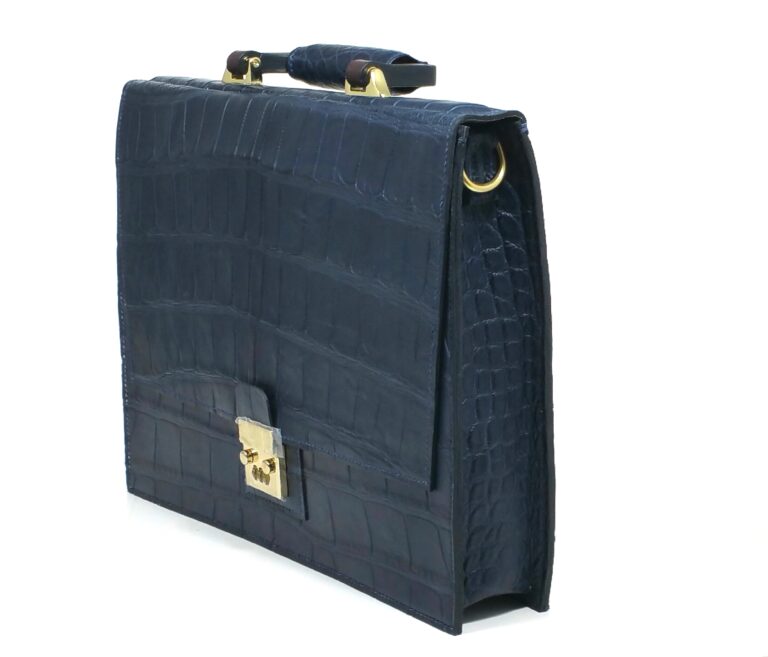
4. Small accessories (wallets, card cases, belts, cell phone covers) are perfect for these leathers and provides a subtle touch to one’s wardrobe or carrying accessory.
5. Integrating crocodile leather for a piece of jewelry such as bracelets or owning a number of interchangeable watch straps to enhance the craftsmanship of an exquisite high-end watch.
6. Handbags and travel bags – the ultimate display of luxury. The size of the bag may determine the choice of skin. A briefcase, duffle bag, or large handbag can incorporate nicely the umbilical scar to show authenticity. Crocodile may be more suitable for smaller bags because of the smaller tiles.

Beau Satchelle has the ability to be commissioned to design and manufacture a number of men’s luxury bespoke travel bags made from American genuine alligators especially sourced from Florida. What makes the process unique is partnering with our clients to create a perfect carrying case or accessory that will last for generations. Needless to say, it is a joy to work with such beautiful skins in creating customized bags.
If you’re ready to start the journey in designing your own personal bespoke bag, complete our contact page for a complimentary consultation. -AJ
Thanks to the following sites for background sources:
Photographers
Irene Kredenets – hand holding brown bag
SHARE POST
Customer Favorites
